Using light to speed up chips
Researchers at Northeastern University in the US have just announced a breakthrough discovery that will help computers and phones operate 1,000 times faster than current silicon chip technology.
The advance comes from controlling quantum materials through a method called thermal cooling.

A new breakthrough in the field of quantum materials could help electronic devices operate 1,000 times faster than current technology (Photo: Getty).
The material chosen by the research team is 1T-TaS₂, a special quantum material that can flexibly switch between two states: conducting electricity like a metal or insulating like a semiconductor.
Previously, the conductive state only appeared at extremely low temperatures and lasted for fractions of a second, making it almost impossible to apply in everyday electronic devices.
The team figured out how to maintain the material's stable metallic state at near room temperature for months.
They did this by heating the material and rapidly cooling it at a rate of about 120 Kelvin per second. This method pushed the material past a phase transition threshold, creating a mixed phase state between conductive and insulating.
Scientists also use light to trigger this transition. When illuminated, the material responds almost instantly, changing its intrinsic charge density wave structure. These changes keep the metallic state stable under controlled temperature conditions.
Professor Gregory Fiete, a physicist at Northeastern University, said the team is controlling material properties at the fastest speed that physics allows.
He stressed that using light instead of multiple layers of material as in traditional silicon transistors simplifies the microcircuit structure and opens up the possibility of designing next-generation electronic devices.
What are the limits for chips?
In today's devices, processors operate at gigahertz frequencies. With this discovery, researchers hope to reach terahertz frequencies, which is 1,000 times faster.
This capability is especially important as data becomes increasingly large and real-time processing is required in applications such as artificial intelligence, virtual reality, quantum computing, and scientific simulations.
The study also showed that when light is shined on the material at certain frequencies, the oscillation waves of the crystal lattice change in a corresponding way.
For example, oscillations at 2.5 terahertz reflect changes in the amplitude of charge density waves, while oscillations at 1.3 terahertz are associated with atomic-scale material layer slippage.
The team published their results in the journal Nature Physics and called this conductive state a hidden metallic state. In this state, the material appears to be insulating but actually allows electrons to flow at high speeds thanks to a combination of small conductive regions distributed within the material's structure.
The thermal quenching method allows for instantaneous control of the material's electrical conductivity by changing the illumination environment, said researcher Alberto de la Torre, who led the team.
He stressed that the programmability of this state paves the way for the creation of electronic devices that can store and process data within the same material.
In addition, some related studies also noted the possibility of tuning the material state through terahertz resonant chambers.
By changing the external optical structure, the material responds to the electromagnetic field and changes phase in a controlled manner. This effect is similar to the principle of light resonance enhancement in laser devices but applied to conductive materials at the atomic level.
By eliminating multiple material interfaces and using only a single light-controlled substance, the team has opened up new directions for the microelectronics industry.
Source: https://dantri.com.vn/khoa-hoc/tim-ra-vat-lieu-luong-tu-giup-may-tinh-dien-thoai-nhanh-hon-1000-lan-20250805073922390.htm







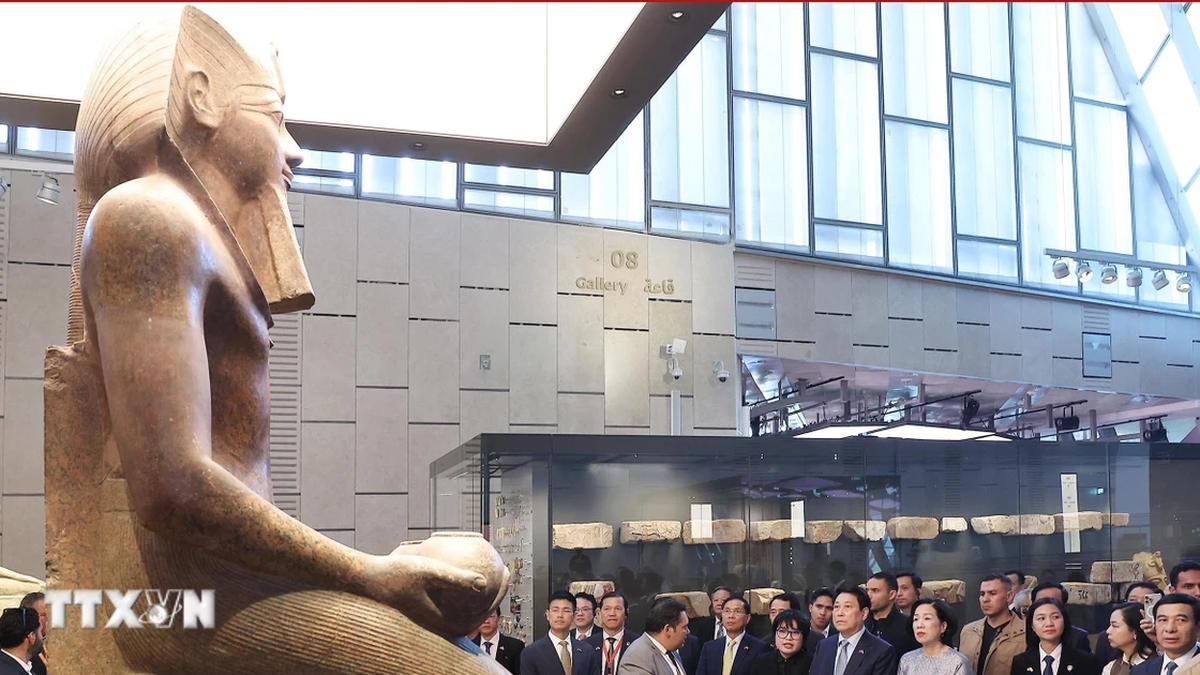
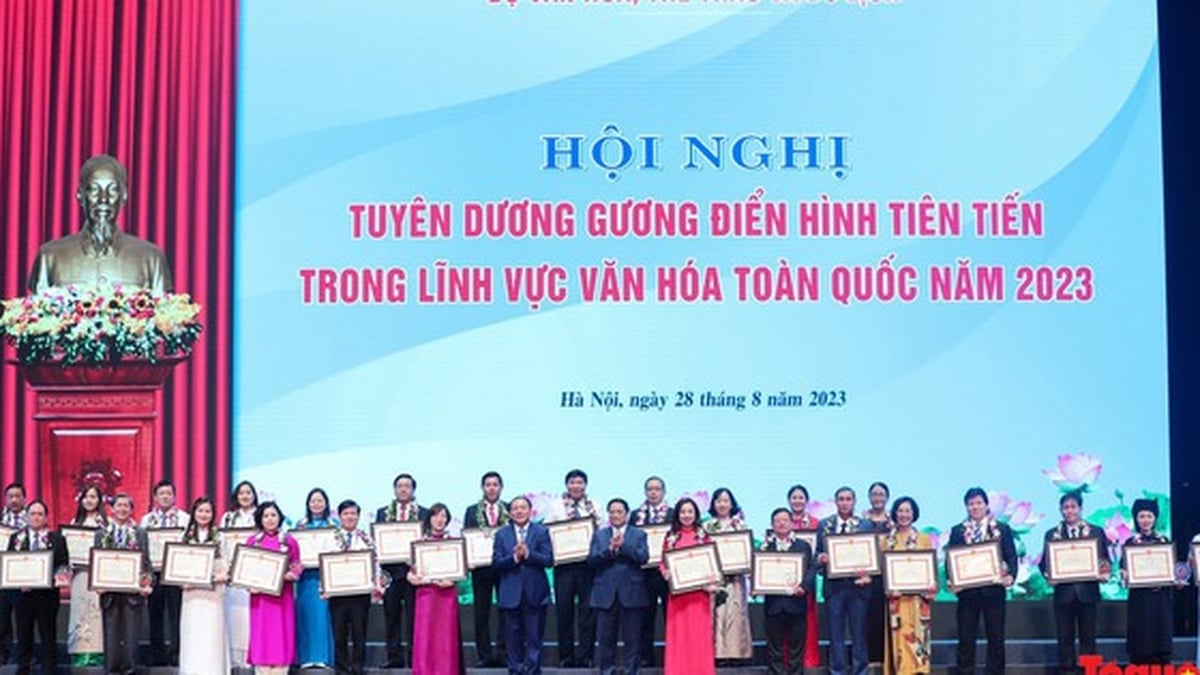

























































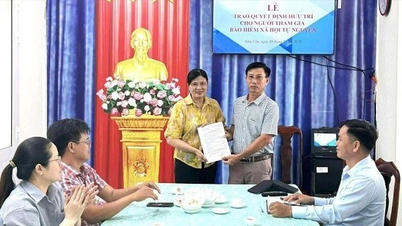

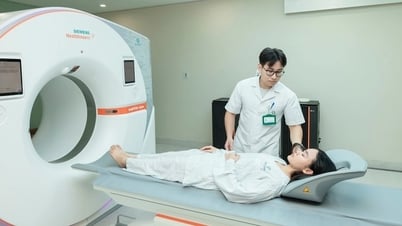






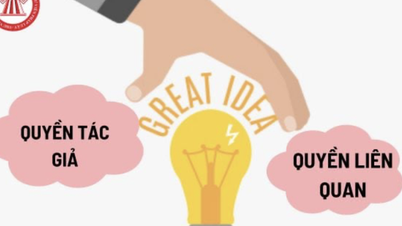






















Comment (0)